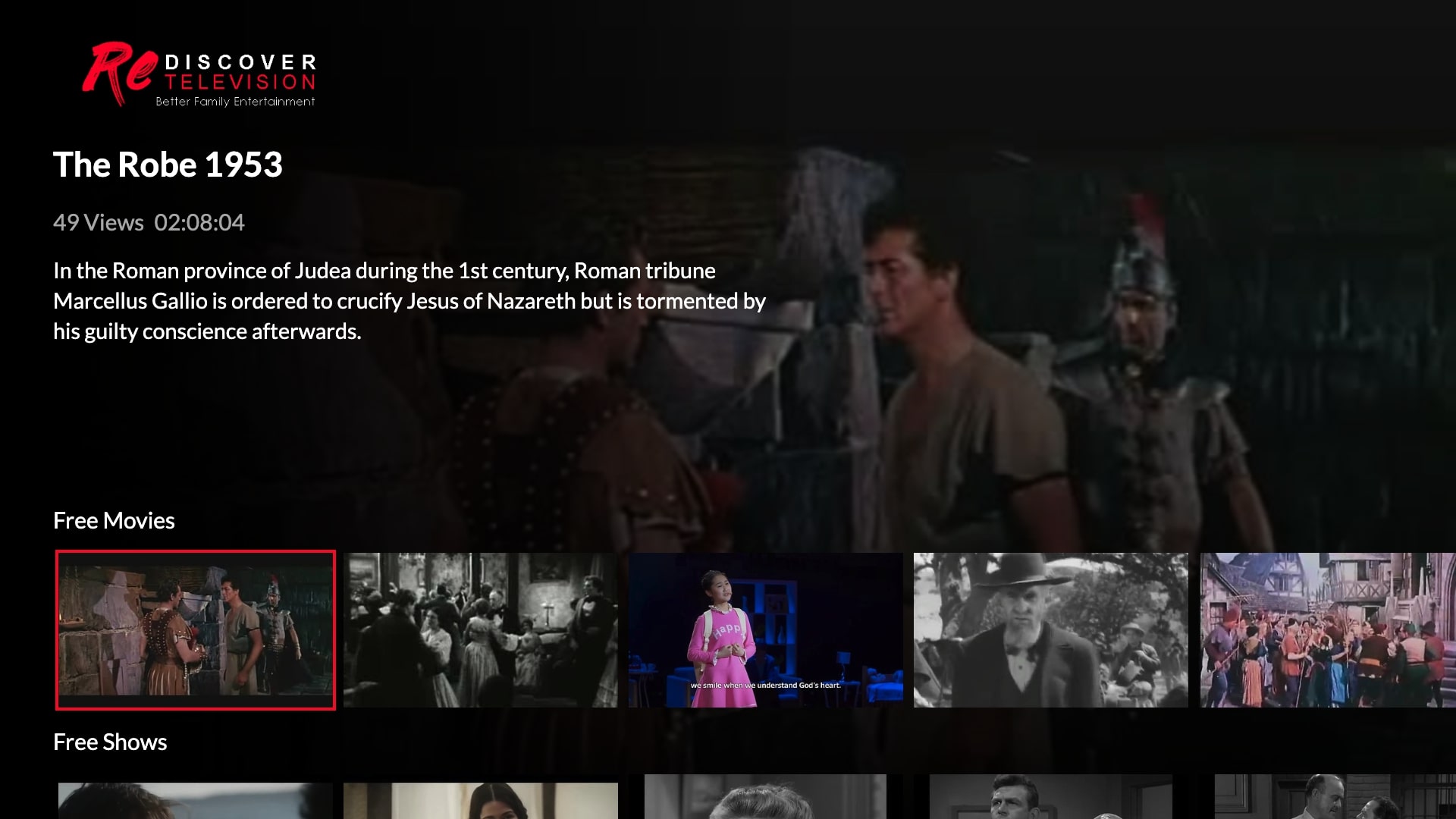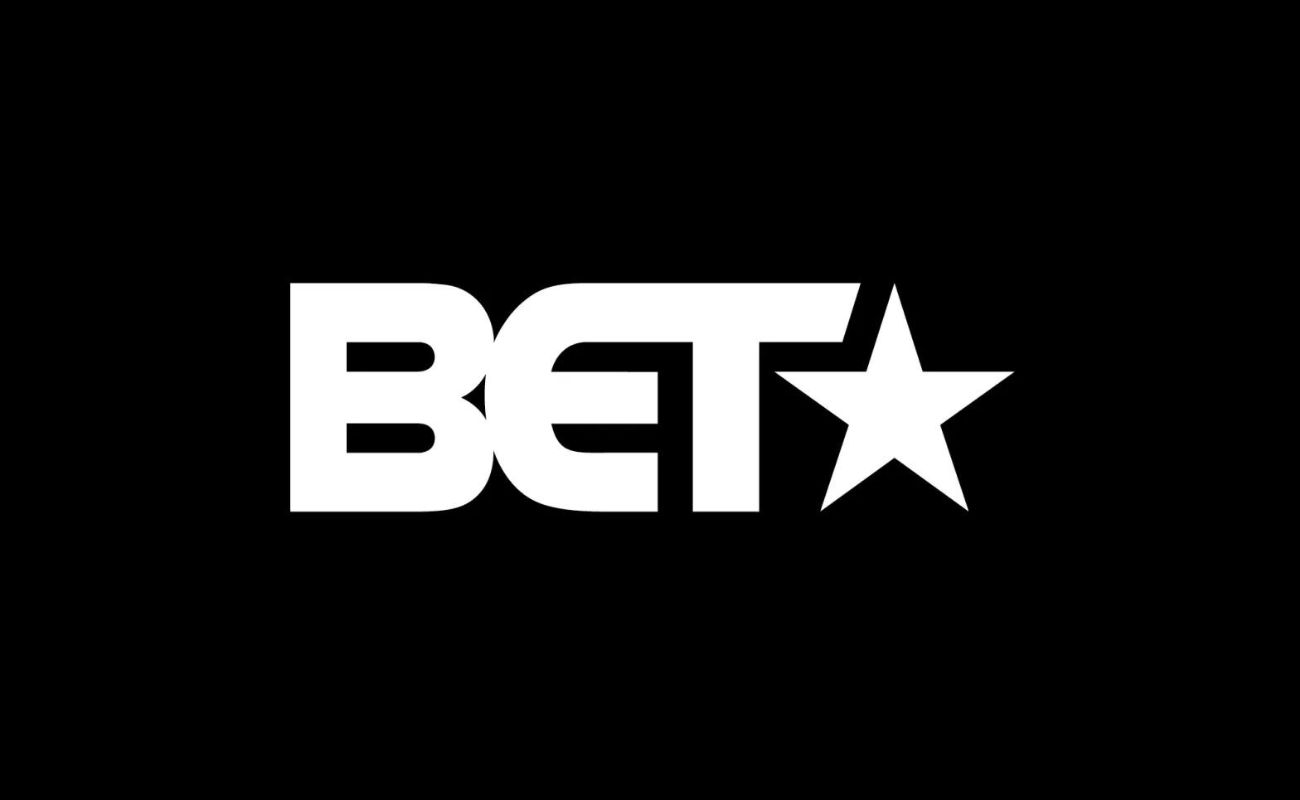Home>Technology>Home Entertainment Systems>Which Entity Owns Most Of The Television Stations


Home Entertainment Systems
Which Entity Owns Most Of The Television Stations
Published: December 21, 2023
Discover which entity owns the majority of television stations and learn about the impact on home entertainment systems. Explore the latest trends and insights in the industry.
(Many of the links in this article redirect to a specific reviewed product. Your purchase of these products through affiliate links helps to generate commission for Storables.com, at no extra cost. Learn more)
**
Introduction
**
Television, a ubiquitous presence in homes around the world, serves as a primary source of entertainment, information, and cultural influence. The ownership of television stations plays a pivotal role in shaping the content and perspectives conveyed to viewers. Understanding which entities hold the majority of television stations provides insight into the potential impact on media diversity, public access to information, and the prevalence of certain viewpoints.
In this article, we delve into the landscape of television station ownership, exploring the influence of media conglomerates, the role of government regulations, and the significance of independent ownership. By examining these facets, we can gain a nuanced understanding of the dynamics that shape the television industry and its implications for society at large.
As we embark on this exploration, it becomes evident that the ownership of television stations is not merely a matter of business ownership, but a complex interplay of power, influence, and the dissemination of information. Let's delve into the intricate web of television station ownership to unravel its impact on the media landscape and the audiences it serves.
**
Key Takeaways:
- Media conglomerates hold significant power in shaping TV content, potentially limiting diverse viewpoints and local voices. Independent ownership enriches TV with diverse narratives, critical perspectives, and local relevance, fostering a vibrant media landscape.
- Government regulations play a crucial role in safeguarding competition, diversity, and public access to TV platforms. They uphold a vibrant and inclusive media landscape, enriching televised content and safeguarding the public interest.
Read more: Which Age Group Watches Television The Most
The Role of Media Conglomerates
**
Media conglomerates, characterized by their vast and diversified holdings across multiple media platforms, wield substantial influence in the television industry. These conglomerates often encompass television networks, film studios, publishing houses, and digital media outlets, consolidating immense power in shaping public discourse and cultural narratives.
One of the key implications of media conglomerate ownership is the potential for homogenized content and limited diversity of viewpoints. As conglomerates acquire an extensive array of television stations, they may streamline programming to align with overarching corporate interests, potentially diluting the representation of varied perspectives and local voices.
Furthermore, the financial prowess of media conglomerates enables them to invest in high-budget productions and extensive marketing campaigns, amplifying their ability to capture audience attention and dominate the media landscape. This can pose challenges for smaller, independent broadcasters seeking to compete in an environment where conglomerates hold considerable sway over audience preferences and advertising revenues.
Additionally, media conglomerates have the capacity to leverage their cross-platform presence to cross-promote content, creating synergies between television, film, and digital media properties. While this interconnectivity can yield strategic advantages and economies of scale for the conglomerates, it may also contribute to a blurring of boundaries between editorial content and promotional messaging, potentially impacting the objectivity and independence of television programming.
It is essential to recognize the profound impact of media conglomerates on the television landscape, as their ownership structures and strategic maneuvers significantly shape the content, distribution, and cultural resonance of televised media. As we navigate the complex terrain of television station ownership, the role of media conglomerates emerges as a pivotal factor in understanding the dynamics of the industry and its broader societal implications.
**
The Influence of Government Regulations
**
Government regulations exert a substantial influence on the ownership and operation of television stations, serving as a critical mechanism for safeguarding competition, diversity of viewpoints, and the public interest. These regulations are designed to mitigate the concentration of media ownership, foster local content production, and ensure equitable access to broadcasting platforms.
One of the primary regulatory measures governing television station ownership is the imposition of ownership limits and cross-ownership restrictions. These constraints aim to prevent a single entity from amassing excessive control over the media landscape, thereby preserving a plurality of voices and perspectives. By delineating the maximum number of stations a single entity can own within a designated market and implementing rules to inhibit cross-ownership between television stations, newspapers, and radio outlets, regulatory bodies seek to uphold a competitive and diverse media environment.
Moreover, government regulations often mandate the allocation of broadcast spectrum for non-commercial and public access channels, ensuring that spaces for community-driven content and alternative narratives are preserved within the television ecosystem. This commitment to public service obligations underscores the significance of television stations as conduits for civic engagement, cultural representation, and the dissemination of diverse viewpoints.
Furthermore, regulatory frameworks frequently incorporate requirements for local content production, compelling television stations to produce and air programming that reflects the interests and concerns of the communities they serve. By mandating a proportion of locally originated content, regulators aim to fortify the connection between television stations and their audiences, fostering a sense of regional identity and reinforcing the representation of local stories and perspectives.
As we navigate the intricate interplay between government regulations and television station ownership, it becomes evident that regulatory interventions are pivotal in shaping the structure and ethos of the television industry. By safeguarding competition, diversity, and public access, regulatory frameworks serve as guardians of a vibrant and inclusive media landscape, enriching the tapestry of televised content and safeguarding the public interest.
**
Sinclair Broadcast Group owns the most television stations in the United States, with over 190 stations in 88 markets. Keep an eye on their acquisitions and partnerships for updates.
The Impact of Independent Ownership
**
Independent ownership of television stations plays a pivotal role in fostering diverse perspectives, local relevance, and community engagement within the media landscape. Unlike media conglomerates, independent broadcasters are often characterized by their localized focus, editorial autonomy, and close ties to the communities they serve, enriching the television ecosystem with a tapestry of distinct voices and narratives.
One of the key contributions of independent ownership lies in its capacity to amplify local representation and cultural diversity. Independent television stations are uniquely positioned to produce and showcase content that reflects the nuances and richness of local communities, encompassing regional news, cultural programming, and grassroots storytelling that resonate with viewers on a personal and communal level.
Moreover, independent ownership fosters editorial independence and diverse viewpoints, offering a counterbalance to the potential homogenization of content prevalent in media conglomerate-dominated markets. By championing editorial freedom and embracing a broad spectrum of perspectives, independent broadcasters contribute to a pluralistic media landscape, empowering audiences with a range of viewpoints and fostering critical thinking and civic discourse.
Furthermore, independent ownership engenders opportunities for emerging content creators, diverse storytellers, and underrepresented voices to find a platform for their narratives. By providing a conduit for independent producers, filmmakers, and journalists to share their stories, independent television stations nurture a vibrant ecosystem of creativity and expression, amplifying the inclusivity and relevance of televised media.
As we explore the impact of independent ownership on the television industry, it becomes evident that independent broadcasters serve as vital catalysts for media diversity, local engagement, and the preservation of distinct cultural voices. Their commitment to localized storytelling, editorial autonomy, and the amplification of diverse perspectives enriches the television landscape, reinforcing the profound influence of independent ownership on the vibrancy and inclusivity of televised content.
**
Conclusion
**
The ownership of television stations, whether by media conglomerates, independent entities, or under the purview of government regulations, profoundly shapes the landscape of televised media and its impact on society. The interplay of these diverse ownership structures underscores the complexities and implications inherent in the dissemination of information, cultural representation, and public discourse through television.
Media conglomerates, with their expansive reach and cross-platform influence, wield significant power in shaping the content, distribution, and cultural resonance of televised media. While their financial prowess and strategic synergies afford them a dominant position in the industry, the potential for homogenized content and limited diversity of viewpoints warrants a critical examination of their influence on the media landscape.
Conversely, independent ownership emerges as a vital force in fostering diverse perspectives, local relevance, and community engagement within the television ecosystem. By championing editorial independence, amplifying local representation, and providing a platform for underrepresented voices, independent broadcasters enrich the media landscape with a tapestry of distinct narratives and critical perspectives.
Government regulations, serving as guardians of competition, diversity, and the public interest, play a pivotal role in mitigating the concentration of media ownership and safeguarding equitable access to broadcasting platforms. Through ownership limits, cross-ownership restrictions, and mandates for local content production, regulatory frameworks uphold a vibrant and inclusive media landscape, enriching the tapestry of televised content and safeguarding the public interest.
As we contemplate the multifaceted dynamics of television station ownership, it becomes evident that the industry’s impact extends far beyond business ownership, permeating the realms of cultural representation, public access to information, and the cultivation of diverse viewpoints. The ownership of television stations is not merely a matter of corporate control, but a complex interplay of power, influence, and the dissemination of information, with far-reaching implications for society at large.
In navigating this intricate web of television station ownership, it is imperative to recognize the significance of media diversity, local representation, and the preservation of distinct cultural voices. By fostering a nuanced understanding of the dynamics that shape the television industry, we can aspire to cultivate a media landscape that resonates with the richness and diversity of human experiences, while upholding the principles of editorial independence, civic engagement, and the public interest.
Frequently Asked Questions about Which Entity Owns Most Of The Television Stations
Was this page helpful?
At Storables.com, we guarantee accurate and reliable information. Our content, validated by Expert Board Contributors, is crafted following stringent Editorial Policies. We're committed to providing you with well-researched, expert-backed insights for all your informational needs.
















0 thoughts on “Which Entity Owns Most Of The Television Stations”